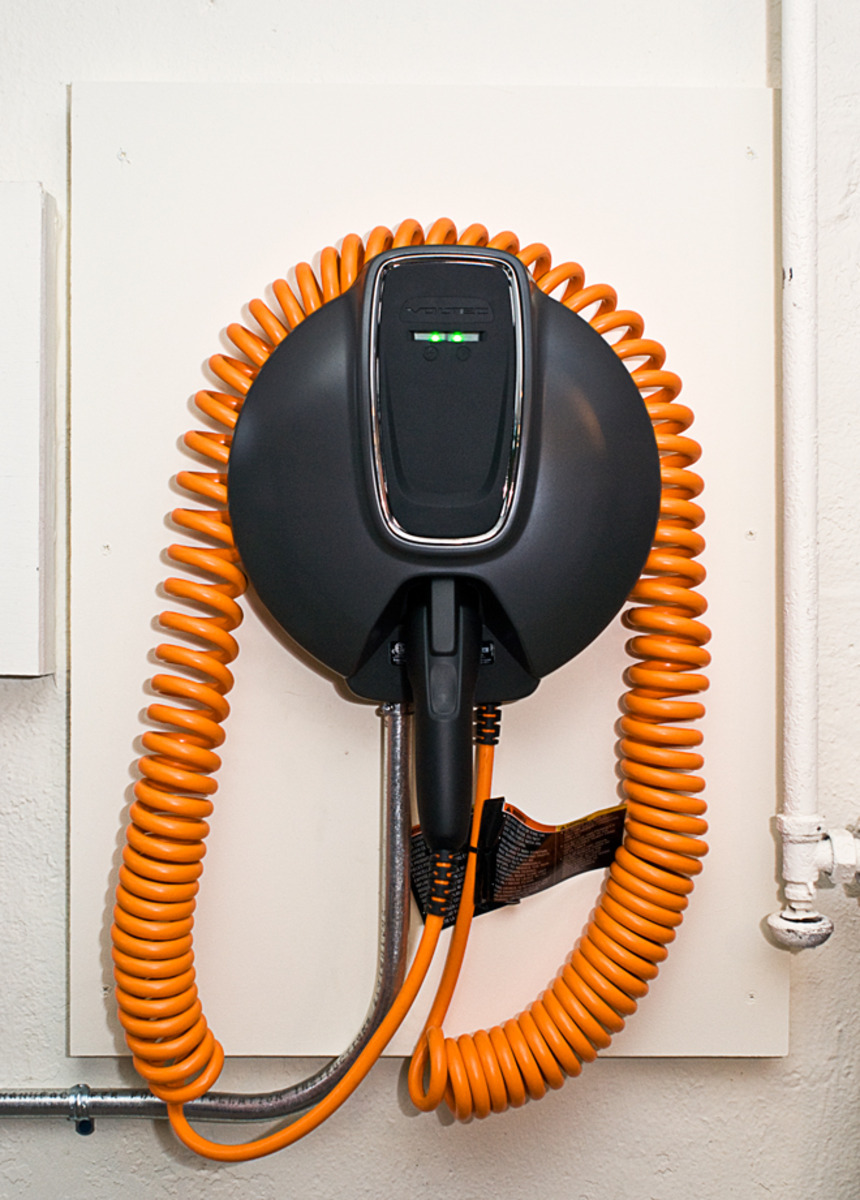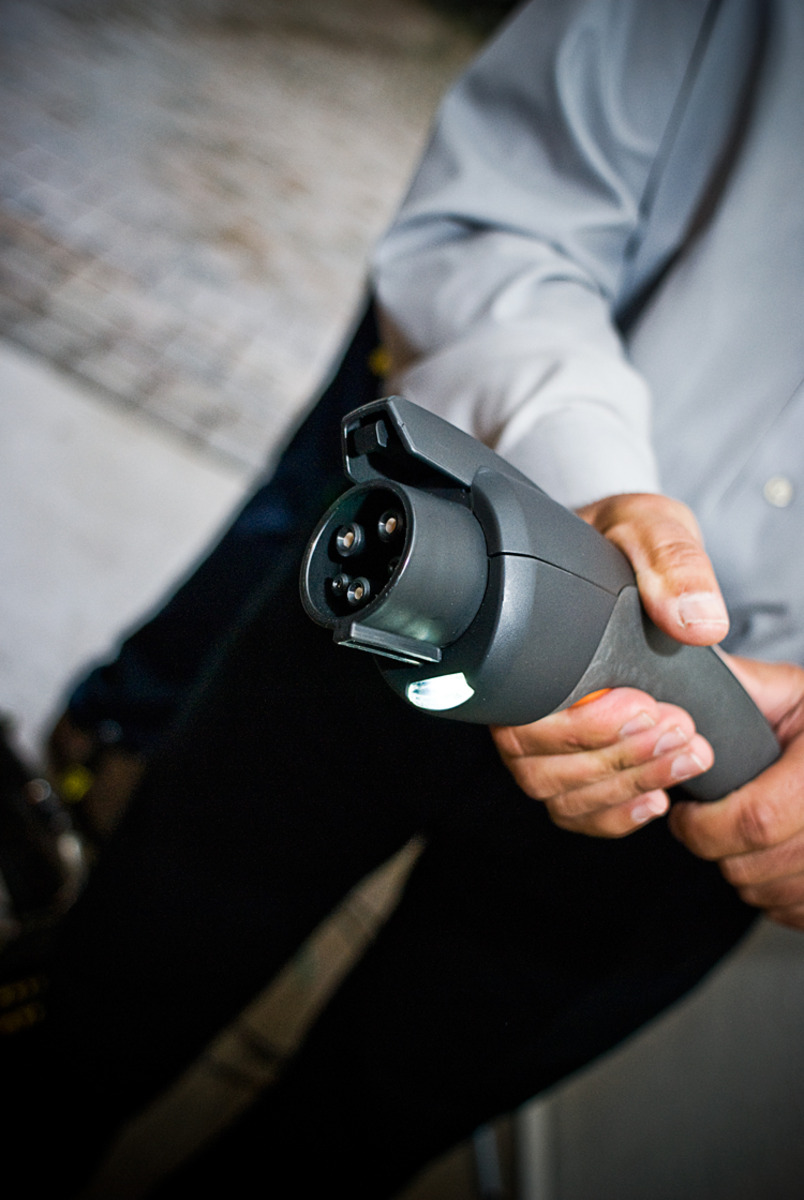California might be considered the U.S. spiritual home of the electric car, but according to a new study by Purdue University in indiana the cost of charging electric cars in California may be higher than anywhere else in the U.S.
Or is it?
According to the university’s Wally Tyner, the James and Lois Ackerman Professor of Agricultural Economics, the tired electricity pricing model used in California means that many consumers could end up paying more to charge their electric car than owners in states that use flat electricity rates.
Tired electricity tariffs work by charging an increasingly large amount as consumption increases. For example, the first few hundred units may be charged at a relatively inexpensive rate, while customers using high amounts of electricity every month find the price they pay per kilowatt-hour of energy is much higher.

2011 Chevrolet Volt 240V charging station
In effect, the tiered electricity tariff rewards those with low energy footprints and penalizes those with high energy footprints.
Tyner explains, “The objective of a tiered pricing system is to discourage consumption. It's meant to get you to think about turning off your lights and conserving electricity. In California, the unintended consequence is that plug-in hybrid cars won't be economical under this system. Almost everyone in California reaches the third pricing tier each month. If they add a plug-in hybrid, they are charged the highest rate."
The study, which used U.S. census data to model energy use in California, also concluded that a plug-in hybrid car like the 2011 Chevrolet Volt would not become economically cheaper than a 2011 Toyota Prius until oil reached $171 per barrel.
Anyone who reads this report at a glance may miss some important facts we feel readers need to understand.
For example, charging an electric car on a standard Californian Tiered rate system is hardly likely. Customers who own electric cars are most likely already using one of the many time-of-use tariffs available from various utility companies in California to charge their plug-in car.

2011 Chevrolet Volt 240V charging station
With time-of-use tariffs, energy companies charge less for energy consumed in off-peak hours. In other words, when energy demand is lowest.
This generally means at night, when most people are asleep. Of course, this also happens to be the exact time when most electric cars recharge.
Aside from time-of-use tariffs some utility companies like SoCal Edison have gone one step further, offering dedicated electric vehicle tariffs for consumers who drive electric cars in order to further reduce the cost of charging at home.
As with any report, it is easy to interpret the findings in many different ways. But we’d advise anyone looking to own an electric car to thoroughly research the best electricity rates available in their area to ensure that the cost of recharging is kept as low as possible.













